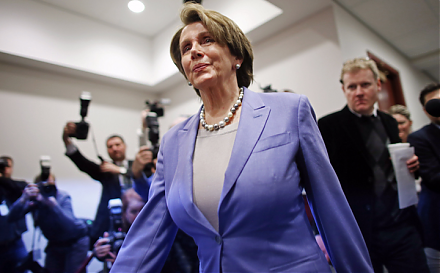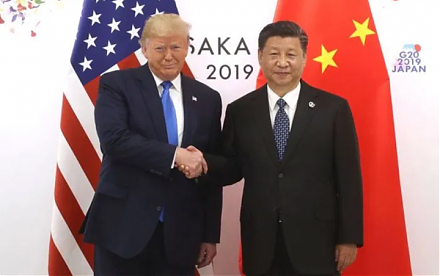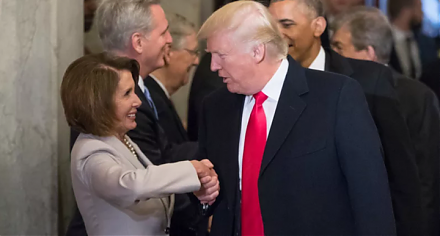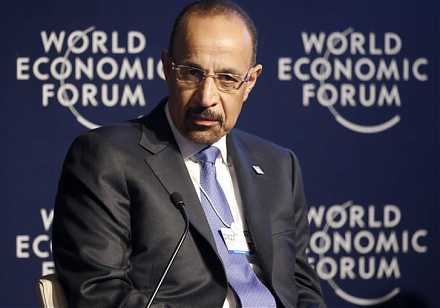

2019-10-01 11:33:00 Tue ET
technology antitrust competition bilateral trade free trade fair trade trade agreement trade surplus trade deficit multilateralism neoliberalism world trade organization regulation public utility current account compliance
The Trump administration postpones increasing 25% to 30% tariffs on $250 billion Chinese imports after China extends an olive branch to de-escalate Sino-American tariff tension. China also resumes purchasing American agricultural products such as soybeans and pork bellies to better balance the current U.S. trade deficit. These reconciliatory gestures of good will arise in the broad context of trade negotiations as both sides reconvene in early-October 2019. From Dow Jones and Nasdaq to Shanghai and Hong Kong, U.S. and East Asian stock markets rebound 3%-to-5% in response to this positive change in the Sino-U.S. trade engagement.
In the next round of U.S.-China trade negotiations, both sides delve into the more difficult legislative structural reforms in Chinese state capitalism. It is important for the U.S. trade envoys and reps to urge Chinese bureaucrats and policymakers to sign into law better intellectual property protection and enforcement. This structural reform would empower multinational corporations such as Apple and Microsoft to institute tort lawsuits over patent, trademark, and copyright concerns in the worst-case scenario of intellectual property infringement. The Chinese Xi administration needs to mull over a genuine compromise. The structural reform may overturn the current fundamental state-centric economic development model in China.
If any of our AYA Analytica financial health memos (FHM), blog posts, ebooks, newsletters, and notifications etc, or any other form of online content curation, involves potential copyright concerns, please feel free to contact us at service@ayafintech.network so that we can remove relevant content in response to any such request within a reasonable time frame.
2018-11-29 11:33:00 Thursday ET

A congressional division between Democrats and Republicans can cause ripple effects on Trump economic reforms. As Democrats have successfully flipped the Ho
2020-08-26 10:33:00 Wednesday ET

Through purposeful leadership, senior managers inspire teams to reach heights of both innovation and profitability with great brand identity and customer lo
2020-01-01 13:39:00 Wednesday ET

President Trump approves a phase one trade agreement with China. This approval averts the introduction of new tariffs on Chinese imports. In return, China s
2019-01-19 12:38:00 Saturday ET

U.S. government shuts down again because House Democrats refuse to spend $5 billion on the border wall that would give President Trump great victory on his
2018-05-11 09:37:00 Friday ET

OPEC countries have cut the global glut of oil production in recent years while the resultant oil price has surged from $30 to $78 per barrel from 2015 to 2
2020-10-20 09:36:00 Tuesday ET

Agile lean enterprises remain flexible and capable of reinvention in light of new megatrends such as digitization and servitization. Shane Cragun and Kat